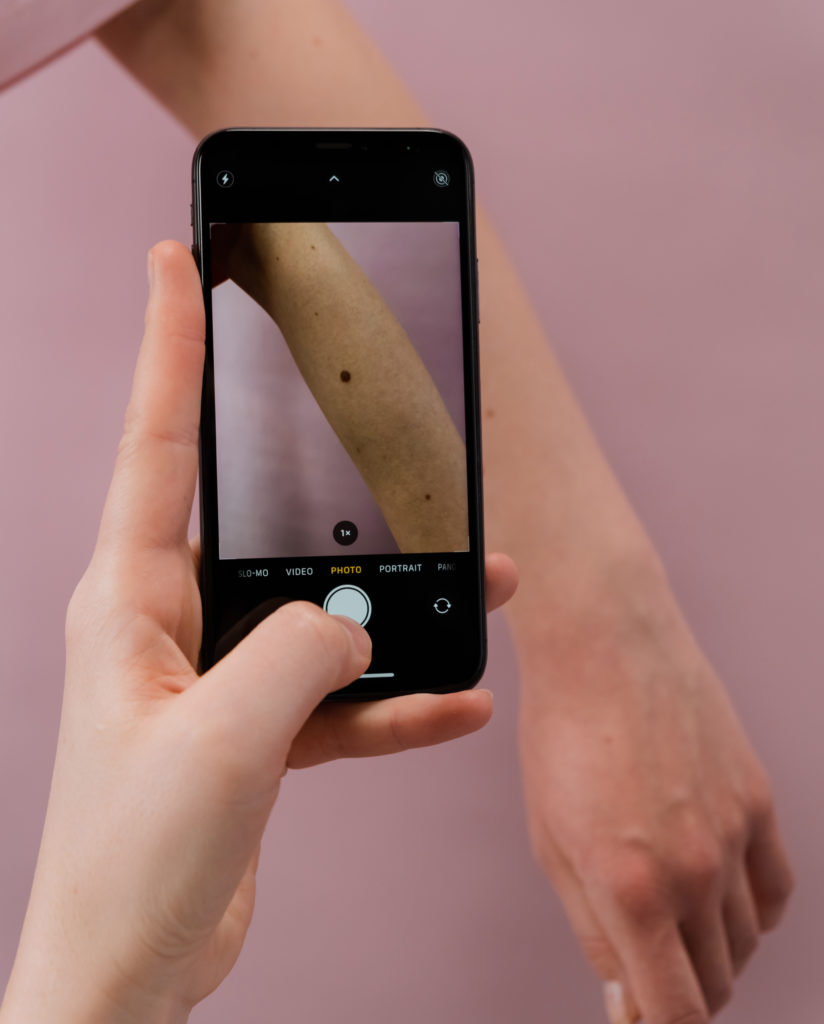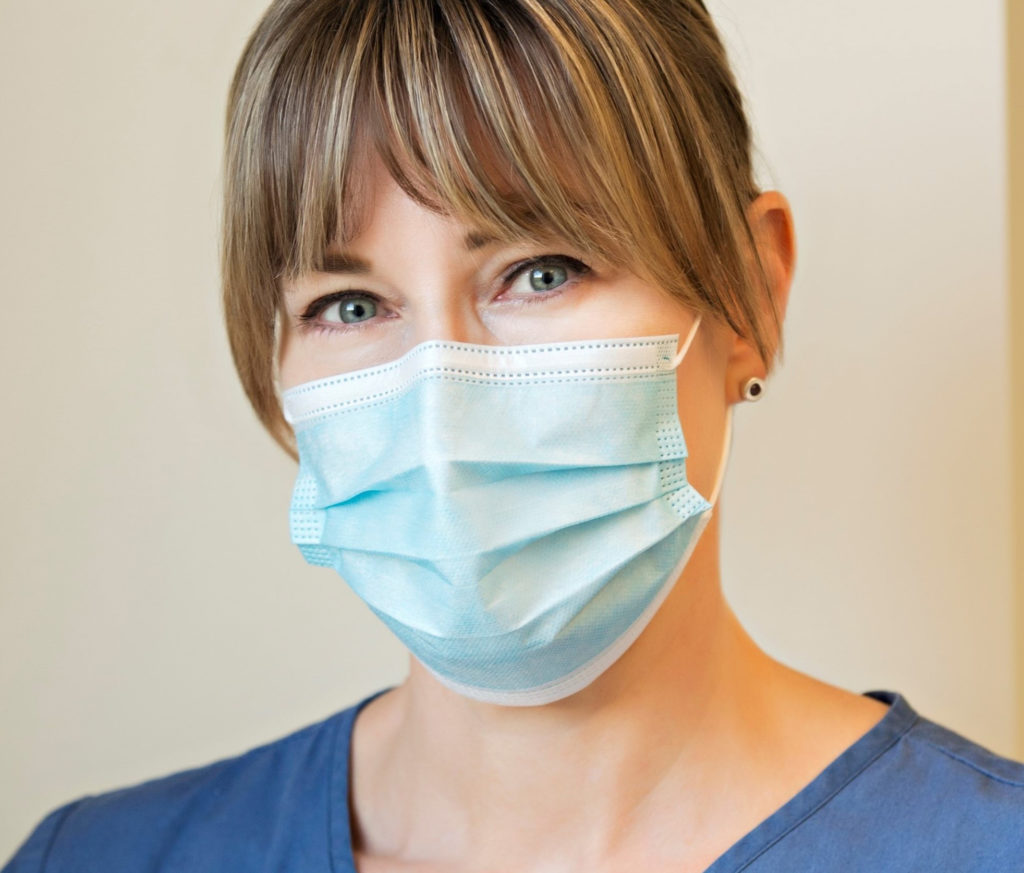
What is melanoma?
Melanoma is a kind of skin cancer. According to the Melanoma Network of Canada, Approximately 8,000 Canadians were diagnosed with melanoma in 2020, and about 1,300 people died of it.
What are the melanoma survival rates?
It is very important to check your skin for signs of melanoma because when it is found early, it has a cure rate of more than 90 percent, one of the highest cure rates of all cancers, according to the Canadian Dermatology Association. One important way to help prevent skin cancer is to apply sunscreen correctly as part of a sun protection strategy.
What does melanoma look like?

One of the tricky things about melanoma is that it doesn’t look the same for everyone. That’s why it’s so important to examine your skin for any new spots or bumps. It most commonly looks like a new or changing mole on your skin, which is dark brown or black, but it can be a variety of colours and shapes. So if you see anything new or change, ask your doctor to double check it.
Can I get melanoma on my scalp, the palms of my hands or the soles of my feet?
Yes! It is less common, but your scalp, your palms and the soles of your feet can be sites for melanoma and are still important to check for changes.
How should I check my skin for melanoma?

One of the easiest ways to check your skin for melanoma is to use an app. The University of Michigan has a skin check app called UMSkinCheck. It walks you through how to check your whole body, including looking at sites like your scalp and your feet. Then it actually teaches you how to take photographs because taking photos is a really objective way to follow any changes to your skin, and skin change is one of the most important things to look for. If you see a change in your skin, it doesn’t mean you have cancer. It just means you need to show it to your doctor.
One thing to remember is that these skin check apps can not properly diagnose skin cancer (even if they say they can) because they aren’t regulated. You don’t know who is looking at the pictures you upload or whether they are qualified to make a diagnosis.
Are all skin moles a sign of skin cancer?
No. Moles are a normal finding on many people, and most moles are completely harmless, but melanoma can look like a changing or irregular mole.
What are the signs and symptoms of melanoma?
There are often no symptoms of melanoma – you won’t feel anything. But there are signs.
One sign is a growing or changing mole, or something that looks like a mole, like a red spot or a pink bump. Generally I tell patients to look for an ‘ugly duckling’ – something on their body that doesn’t look like anything else on their body, or something that stands out as a little different. That’s why it’s important to check your skin regularly so you get to know what your moles look like and if they are changing.
The Canadian Cancer Society recommends using the ABCDE approach to looking at your skin moles:
- A is for asymmetry. One-half of a mole does not have the same shape as the other half.
- B is for border. The edge of a mole is uneven (irregular). It can look jagged, notched or blurry. The colour may spread into the area around the mole.
- C is for colour. The colour of a mole is not the same throughout. It could have shades of tan, brown and black. Sometimes areas of blue, grey, red, pink or white are also seen.
- D is for diameter. The size of a mole is larger than 6 mm across, which is about the size of a pencil eraser.
- E is for evolving. There is a change in the colour, size, shape or feel of the mole. The mole may become itchy or you may have a burning or tingling feeling.
If any of your moles concern you, talk to your doctor.
Does The Ottawa Hospital research and treat melanoma?

Yes! The Ottawa Hospital’s Cancer Program treats people who have been diagnosed with melanoma and many other types of cancer, and is among the most advanced cancer programs in Canada. From prevention and assessment to treatment, psychosocial support and follow-up, patients receive a full range of compassionate, world-class care. Our hospital also conducts world-leading cancer research and offers experimental therapies through clinical trials.
Read the inspiring story of Dan Collins, who was diagnosed with stage 4 melanoma at 62 and received immunotherapy treatment at The Ottawa Hospital. Or read the story of economics professor Dr. David Gray, who took part in a clinical trial to see whether an immunotherapy drug could keep his high-risk skin cancer from coming back. Taking part in these trials not only helped these individuals, but will also help future melanoma patients treated both at The Ottawa Hospital and around the world.
Dr. Jennifer Beecker is a dermatologist, clinical researcher and Director of Research for the Division of Dermatology at The Ottawa Hospital. She is also President-Elect of the Canadian Dermatology Association, and has been featured in The Globe & Mail, The Toronto Star, Today’s Parent, Chatelaine, and others.

Support patient care and research at
The Ottawa Hospital
You might also like…
The Ottawa Hospital and YouTube Health partner to increase access to health information in Canada
Looking for health information online can lead you down a rabbit hole of misinformation. That’s why we’ve launched a series of videos with YouTube Health. Presented in both English and French by experts from across The Ottawa Hospital, these videos cover everything you need to know about an array of common medical conditions.
Looking to get screened for cancer but don’t have a family doctor? Make an appointment with our “Superscreener”
Regular cancer screening can help save lives. For people living in Eastern Ontario who do not have a primary care provider, the Champlain Screening Outreach Program offers screening services for breast, cervical, colorectal and lung cancer. Find out how to book your appointment with Nurse Practitioner Sarah Junkin-Hepworth, our “Superscreener.”
New gender-affirming surgery clinic now accepting patients
The Ottawa Hospital’s new gender-affirming surgery clinic is truly one of a kind. Launched in September 2023, it’s the only clinic in Ontario to offer trans and non-binary patients facial, top and bottom procedures. Plastic Surgeon Dr. Nicholas Cormier and his team are happy to announce that they are now accepting patient referrals from physicians.
Patient gifts a piece of home to Indigenous Cancer Program
Inuit patients can now see and hold a piece of their traditional territory in the Windòcàge Room at the General Campus, thanks to an interactive gift donated to The Ottawa Hospital by a cancer patient.
A team from The Ottawa Hospital helps organize first-ever oncology conference in the North
When it comes to cancer treatment, there’s no place like home. This spring, a team from The Ottawa Hospital helped organize Nunavut’s first-ever oncology conference to figure out how to bring oncology care closer to home for patients.
“Stewards of hormones”: Our Gender Diversity Specialty Clinic guides medically complex patients on their affirmation journey
Often, trans and non-binary patients struggle to find health-care providers to support them on their affirmation journey. It is even more difficult for patients with complex medical needs. That’s why we launched our Gender Diversity Specialty Clinic, one of the first of its kind in Canada.


 To reset, hold the Ctrl key, then press 0.
To reset, hold the Ctrl key, then press 0.






Comment on this post